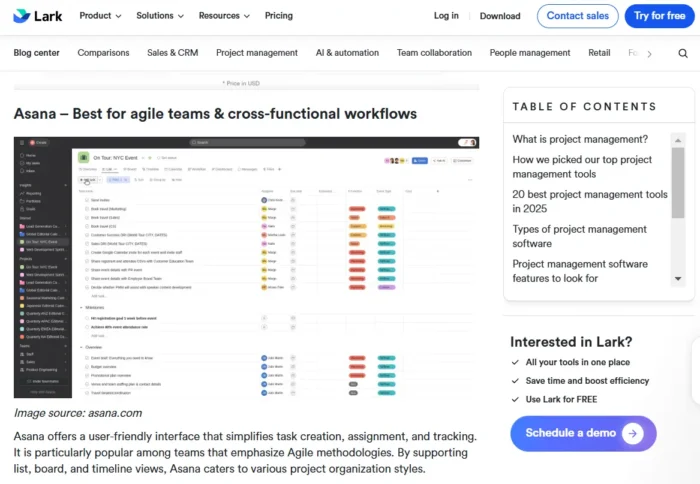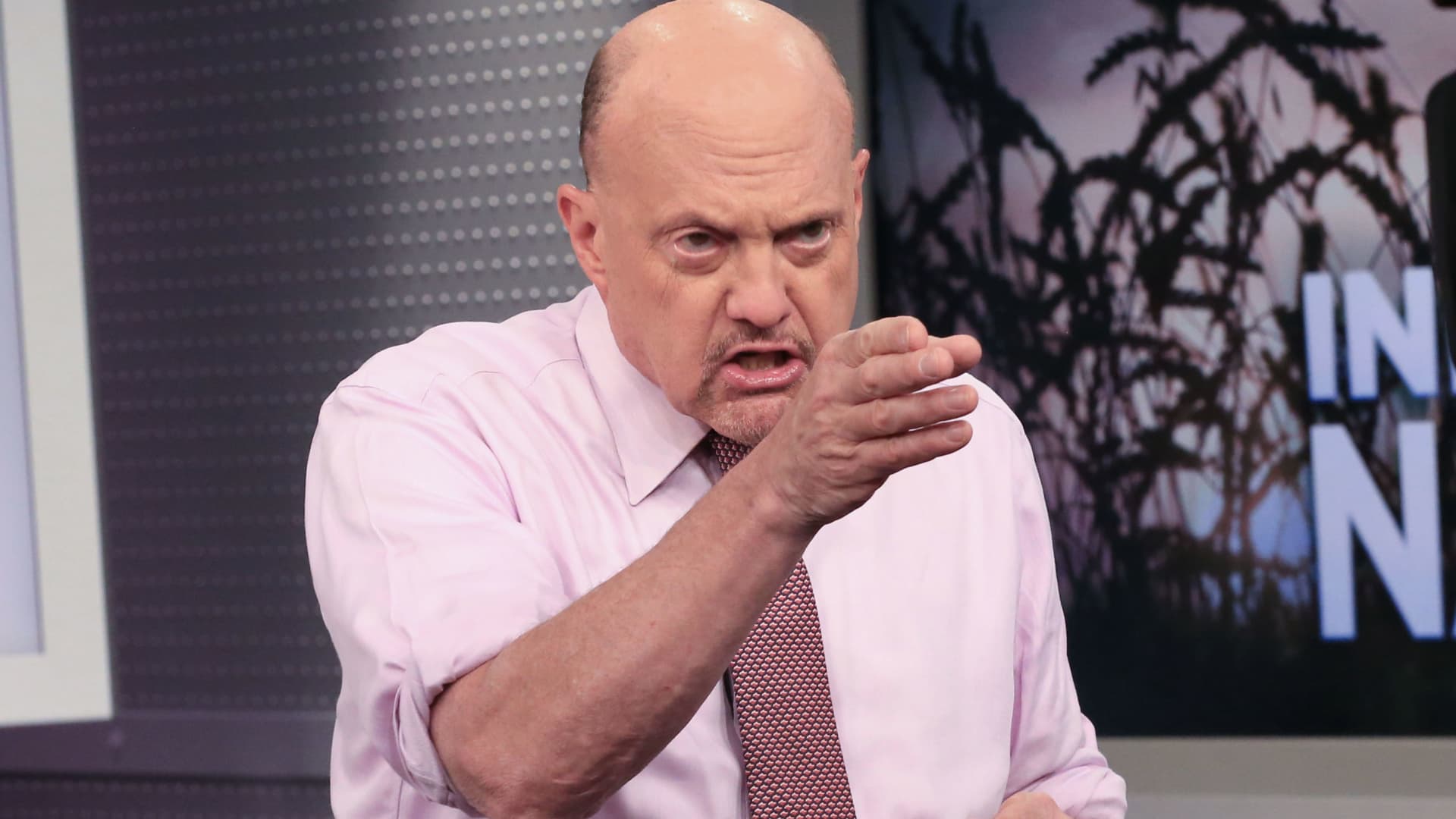China’s new central bank boss to accelerate renminbi internationalisation
Pan Gongsheng is expected to further reform China’s capital markets.

Pan Gongsheng is expected to further reform China’s capital markets.

July 18, 2023
Following his appointment as the new leader of the People’s Bank of China (PBOC) at the start of the month, Pan Gongsheng will likely accelerate the internationalisation of the renminbi (RMB) and continue to liberalise China’s capital markets, experts suggest.
On July 01, Pan succeeded Guo Shuqing as head of the central bank, through his appointment as the PBOC’s party secretary. On the same day, the bank announced the resignation of current deputy party secretary, Yi Gang.
“Pan Gongsheng is likely to become PBOC governor as well as party (secretary), unifying [the] two roles held separately by Yi and Guo since 2018,” Neil Thomas, a fellow at the Asia Society Policy Institute’s Centre for China Analysis, predicted in a tweet the same day.
“This would allow Pan to leverage more influence than his two predecessors,” he added.
“Pan’s appointment indicates that Beijing wants to speed up the process of RMB internationalisation and this perhaps will be followed with more measures of opening up the country’s capital markets,” an analyst, who did not want to be named, told FinanceAsia.
The contact pointed to Pan’s track record in leading China’s State Administration of Foreign Exchange (Safe), a role he had held since the start of 2016; and his experience since June 2012, as deputy governor of the PBOC.
In a China Securities Journal interview in March which was published on the State Council Information Office of China (SCIO) government website, Pan said, “We are currently facing a relatively favourable environment and opportunities to advance RMB internationalisation….The Chinese government will promote the internationalisation of the RMB in an orderly manner.”
In terms of means to achieve this, he suggested work to improve cross-border payments infrastructure and settlement; an expansion of the PBOC’s clearing bank network; a liberalisation of China's foreign exchange market; and the enhancement of liquidity and related products, available in the offshore RMB market.
Cross-border connections
RMB internationalisation received a boost last month, when the Hong Kong Stock Exchange (HKEX) announced the launch of a Hong Kong dollar (HKD)-RMB dual counter model.
Hang Seng Bank, Tencent, Lenovo and Alibaba Group were among the 24 securities firms included in the first stage of the scheme, who have a total combined market value of $1.9 trillion and account for 40 percent of the average daily turnover of Hong Kong’s cash equities market.
The bourse tried to introduce a similar scheme in 2012, but the initiative failed to attract more than one issuer. To avoid a repeat of this defeat, this time round, HKEX appointed nine market makers to provide liquidity and ensure minimal price discrepancy between counters.
Additionally, in May, Hong Kong and China announced the launch of Swap Connect, a mutual market access programme that opens up institutional entry to the region’s interbank interest rate swap markets.
Going forward, the PBOC will deepen interest rate reform and guide related self-regulating mechanisms to maintain competition in the deposit market and to stabilise borrowing costs, said Zou Lan, head of the PBOC monetary policy department at a press conference on Friday (July 14).
“[Pan’s appointment] is very good news for the PBOC…. He has excellent credentials and knows the organisation in and out,” Alicia Garcia-Herrero, chief Asia Pacific economist at Natixis, told FA.
Meanwhile, Willy Wo-lap Lam, a senior fellow at US think tank, the Jamestown Foundation, shared, “Pan is a Western-educated, rather humdrum technocrat,” pointing to his experience researching economics at Cambridge and Harvard.
Lam understood Pan’s appointment to constitute a display by Xi Jinping of internationally recognised expertise in a position of power.
While the ruling party has ultimate discretion across monetary policy, Tao Wang, chief China economist at UBS wrote in her study, Making sense of China’s economy, that China’s central bank has taken on an increasingly important macro policymaking role over the past two decades, in tandem with the gradual modernisation of the market’s monetary policy and financial systems.
“The (PBOC) is seen as being more professional, more reform-oriented and more open to the outside than other economic agencies,” she wrote.
China’s future monetary policy
Pan assumes his new role during a challenging time for China’s economy. At the end of June, the PBOC released a report detailing the decline of both China’s Banking Industry Climate Index and its Banking Profitability Index during the first to second quarters.
At the PBOC press conference, Zou said the central bank would use policy tools such as the reserve requirement ratio (RRR) and medium-term lending facility (MLF) to address weaknesses in China’s economic recovery.
It will step up “countercyclical adjustments” to support the economic recovery, Liu Guoqiang, also a PBOC deputy governor, told the press conference.
“It seems to me that monetary policy easing is now the most feasible way to support China’s economy and I wonder whether this will go beyond rates into quantitative easing (QE),” Garcia-Herrero said.
“Pan’s views of QE will become very important for this to happen,” she added.
Following a 10 basis point (bp) cut to Open Market Operation(OMO) / MLF rates around mid-June, Beijing further lowered both 1-year and 5-year loan prime rates (LPR) by 10 bp to 3.55 percent and 4.20 percent, respectively, noted a Nomura report sent to FA by email on June 20.
The Nomura team expects two more rounds of 10 bp cuts to interest rates in the second half of the year. By the end of 2023, the bank predicts that China’s 7-day reverse repo rate will sit at 1.70 percent; its 1-yr MLF rate at 2.45 percent; and its 1-yr LPR, at 3.35 percent.
The research also indicated that the PBOC may cut the RRR in the second half of the year, but that this would not have significant impact on overall market performance, as the real issue for China remains weak loan demand rather than insufficient supply of loanable funds.
Yellen in China
In early July, US Treasury secretary, Janet Yellen, travelled to Beijing in a bid to improve relations between China and the US. There, she met Pan to discuss collaboration between the two economies on global challenges, including debt distress in low-income and emerging economies and climate finance.
“A shift toward market reforms would be in China’s interests,” Yellen said during a roundtable discussion in Beijing.
“I have made clear that the United States does not seek a wholesale separation of our economies. We seek to diversify, not to decouple,” she emphasised, adding that any action to protect national security would be narrowly targeted.
“We seek healthy economic competition that is not winner-take-all but that, with a fair set of rules, can benefit both countries over time,” Yellen told prime minister, Li Qiang.
Li underlined that the US should consider China’s growth as an opportunity and not a risk.
¬ Haymarket Media Limited. All rights reserved.
Markets Banks #renimnbi #peoples bank of china #pboc #pan gongsheng #regulator #central bank #china #monetary policy #quantitative easing #yellen #chinaus relations #trade tensions
 Hollif
Hollif 







.jpg&h=630&w=1200&q=100&v=2a8ddfbc4a&c=1)
























